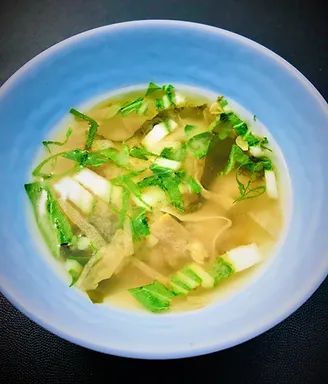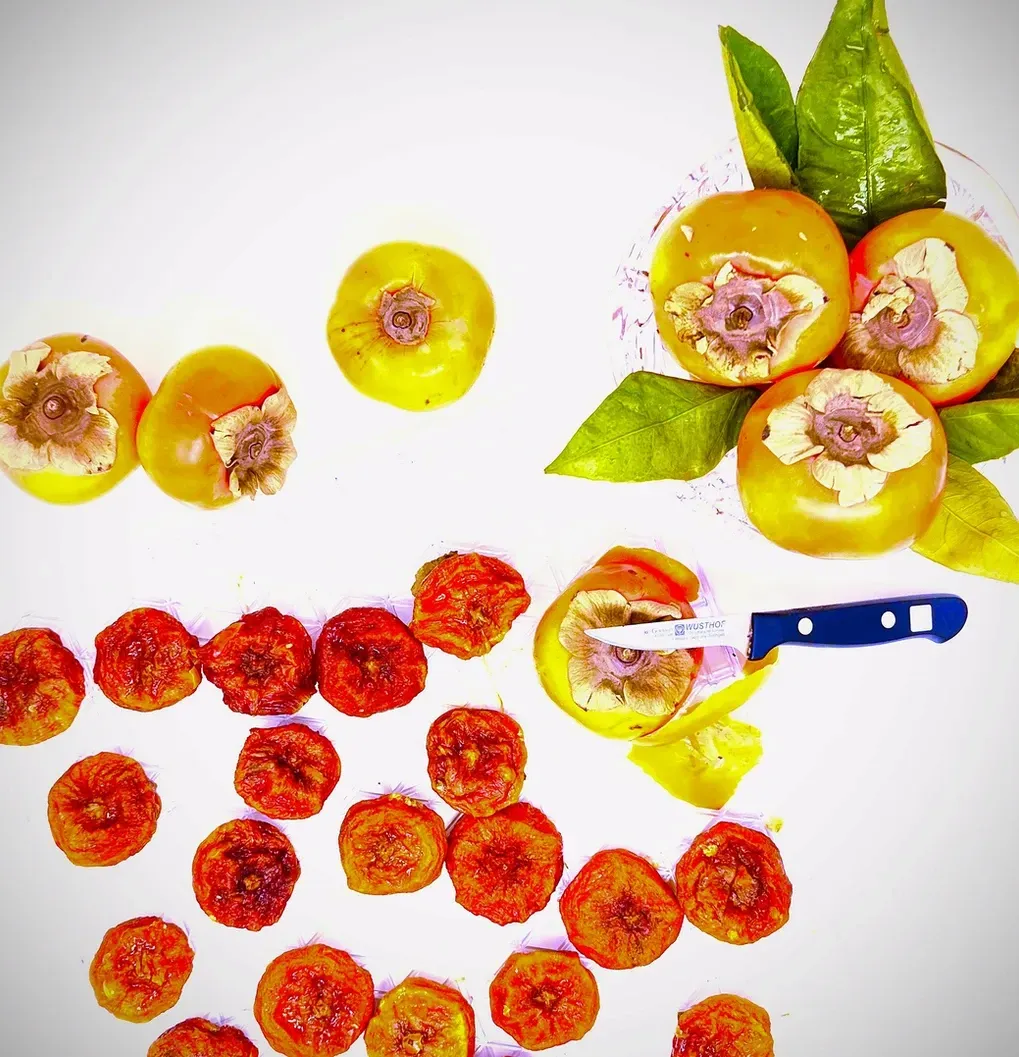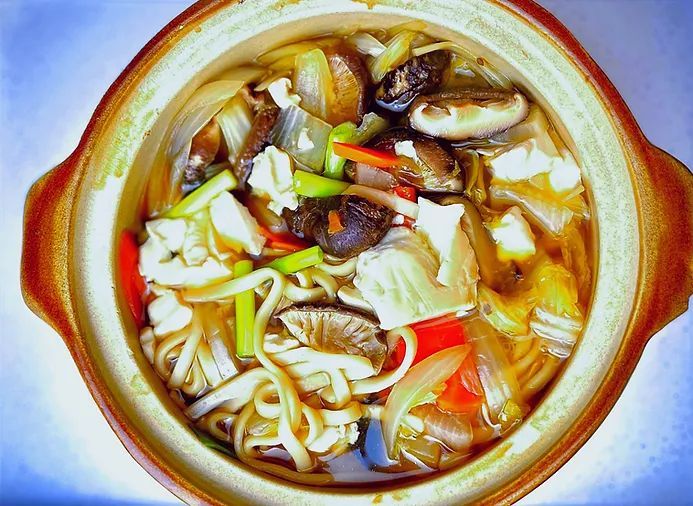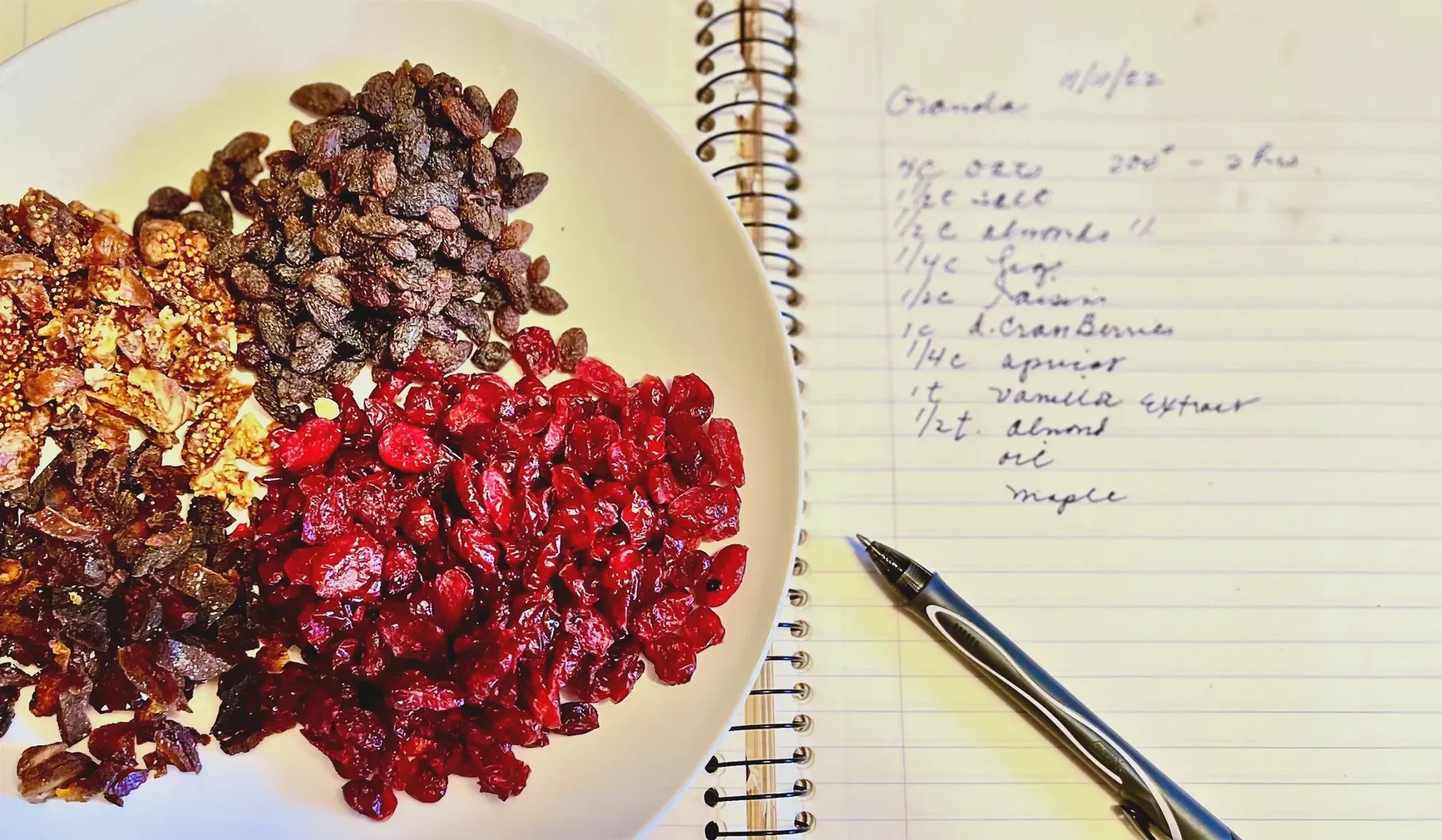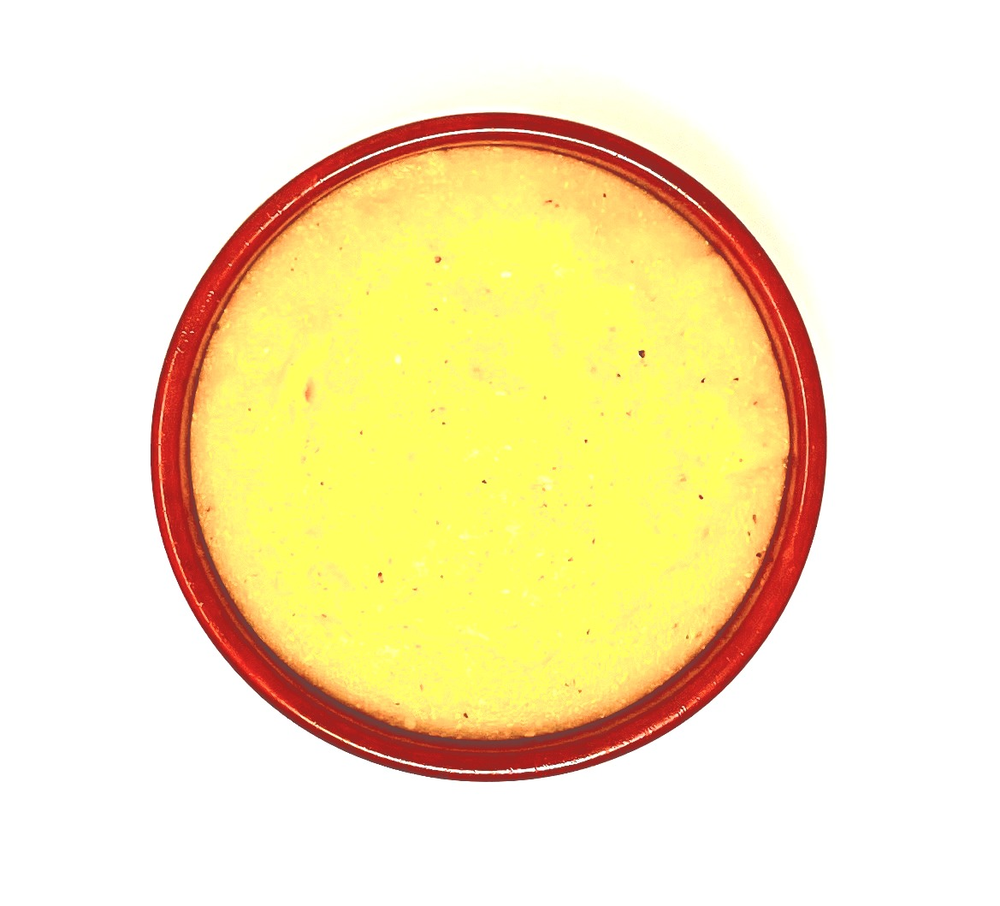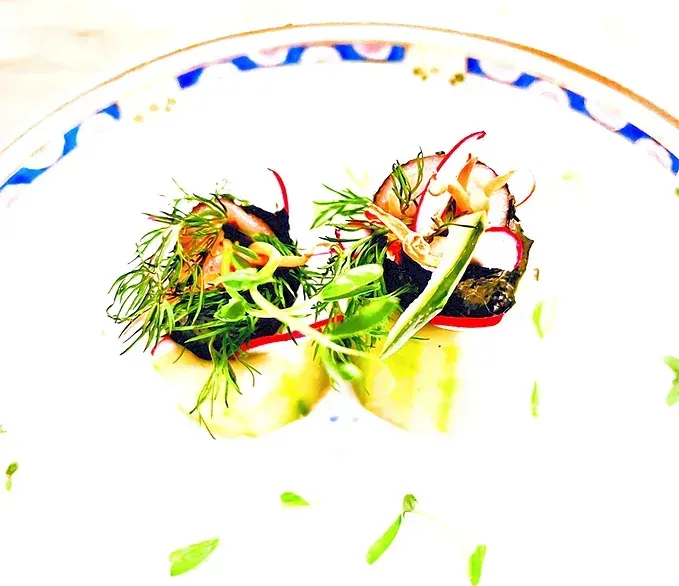NABEMONO or NABE One Pot Cooking
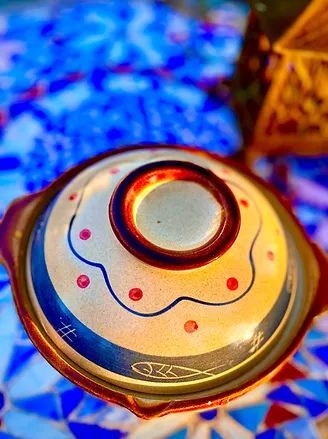
How to make a one pot stew or "Hot Pot" meal using just vegetables, rice and noodles. Nabe Mono, as is called in Japan, translates to "pot thing" or things in a pot. There are so many variations to this wonderful dish, it is endless to the different ingredients you can use, making it new every time. It is considered one of the most versatile home-cooked dishes and social party food. It can be cooked at the center of the table with a cooking component. Enjoy yourself with your friends and family surrounded by the table with all the ingredients raw and cooked to go into the pot, so much fun. This is such a social time to share conversation and expression because you are ALL eating from the same pot, it makes for easier mingling, talking, and enjoying each other; as a great social gathering and dinner party.
How to Prepare Nabe / Nabe Mono
Gather the ingredients you plan to use, include an assortment of vegetables, tofu, and noodles, or serve over rice. I made a video posted on You Tube with Sheri Di Maris on Nabe Cooking, where we demonstrated how to use a variety of ingredients. It was outside at a winery and we both had wind-blown hair.
Many chefs make Dashi broth first as the foundation liquid base to the Nabe. This can be achieved by using a combination of Kombu Kelp Sea vegetable and Bonita flakes. Variations of Kombu Dashi recipes will be included, including suggestions for vegans who do not want to use the fish flakes. This Nabe recipe can be for two to four people, depending on if you want to have leftovers.
Kombu Dashi
There is so much information about the new 100+year taste Umani, which is the fifth taste, created through making Dashi, the broth using kombu and katsu Bushi. I won't spend too much time on Umani because there is so much information on the internet about this savory taste. You can take the time to learn all about it. When I worked with Sensei N. Muramoto, he claimed there is another taste, a sixth taste, a combination of green tea and dried persimmons. I did experience this taste and I agree it is a taste I have never tasted before and nothing quite like it. Back on the subject, this flavor and taste of umami is fundamental as a base to so many dishes.
It is a simple broth to make yet very exact in the preparation. It is important to follow the guidelines accordingly.
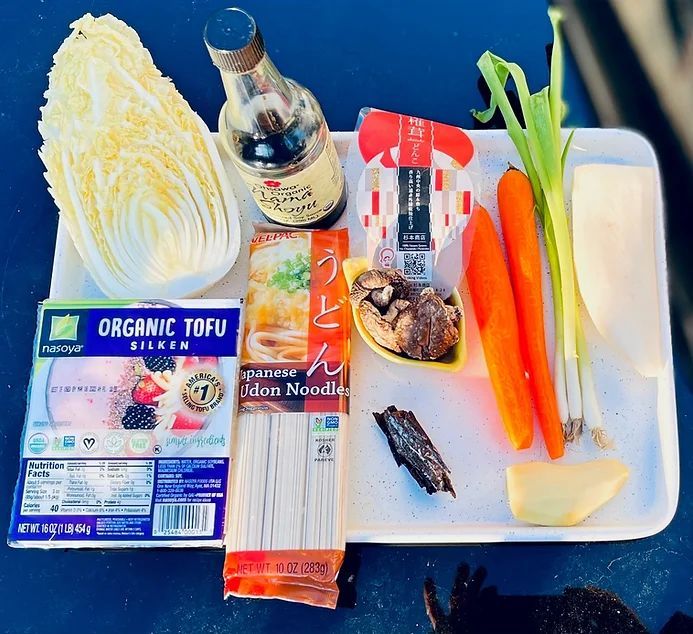
Clockwise: Tofu, Napa Cabbage, Soy Sauce, Dried Shitake Mushrooms (Dongo), Carrots. Green Onions, Daikon Radish, Peeled Fresh Ginger, Dried Kombu, Udon Noodles
List of Ingredients
- Four cups water or Dashi broth
- Two inches Kombu piece
- Two carrots (optional peeled)
- One cup of napa cabbage or any cabbage
- Four inches daikon radish
- 6 Shitake dry mushrooms
- One half tub tofu (soft or firm)
- Udon Noodles (one sleeve)
- One half onion
- Green onion/scallions for garnish
- Grated ginger, toasted sesame seeds, and nori for extra garnishes
- Shoyu / Soy Sauce, Miso, or Tamari for seasoning to taste
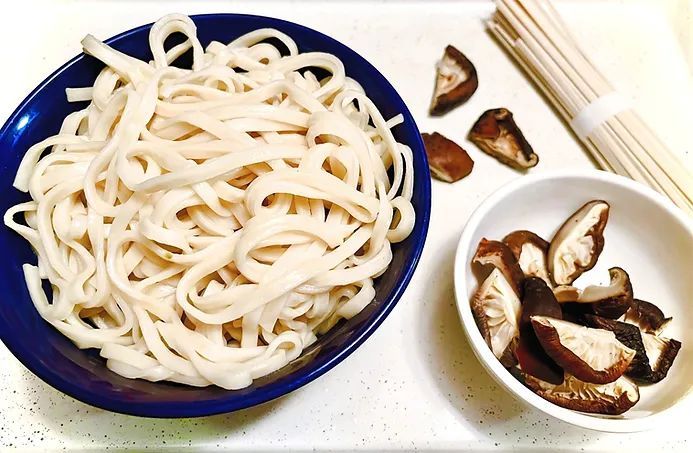
Preparation
Once you have decided what you want to put in your hot pot, begin by washing all the vegetables. Dried mushrooms need to be washed and soaked in fresh cold water until soft. Cut each vegetable to comparable size, not too thick, not too thin. You want them to cook uniformly being done at the same time.
Make Kombu Dashi broth. Set it aside.
Trim off the stem of the mushroom, use later for stock. Cut the mushroom cap with a decorative slit on top and into halves or quarters or leave whole. They are easier to eat if cut.
Cook the noodles as on the package, rinse, set aside, cover with a damp cloth so they do not dry out. Make separate piles of each ingredient to be used on a tray. Get all your condiments together in bowls, including your soy sauce, grated ginger, slivered scallions, toasted sesame seeds, nori slivers, and whatever else you want to serve. Get creative.
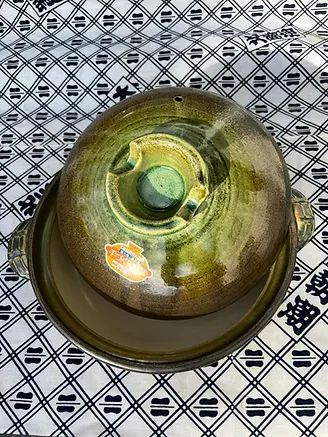
Notice the hole in the top on the left pot,
steam will start to come out, which will indicate the cooking time is done. Is that not cool or what, no guessing, the pot knows. These pots need particular care in working with them. Real TLC.
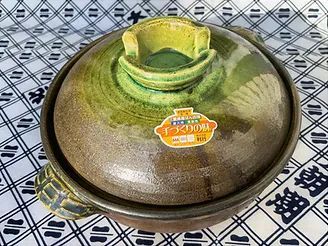
I got this beautiful genuine Japanese Nabe Pot from Miyacompany.com They have a variety of beautiful Japanese tableware and gifts.

Donabe means clay pot in Japanese. A do nabe is one of Japan's oldest cooking vessels. Originating in Japan's lga province, the pots are made from clay and are ideal for handling elevated temperatures. They can even be over an open flame or an oven. The clay is super porous, which means it builds up heat slowly, but it maintains heat once it's at peak temperature.
The hole in the top starts to emit steam and tells you the pot is done. Pot knows.
Now that is a smart pot.
Basic tips to follow to care for your Donabe pot:
- Before using your newly bought donabe, fill the pot with water about three quarters full and about a cup of leftover cooked rice or 1/4 cup of rice. Simmer on a low heat for about 30 to 60 minutes. Stop cooking, allow it to cool. Discard the rice and rinse the donabe well. Dry with a clean cloth and air dry to well before storing.
- Always make sure the bottom of the donabe is dry before using it.
- Do not put on high heat, always start on low heat.
- After using the donabe, let it cool before cleaning. Never soak it.
- Always hand wash, do not put it in the dishwasher.
- Dry it upside down overnight, the clay absorbs water, so it takes time for it to dry out.
- Make sure you never cook in it without some sort of moisture in it, oil for sauteing or broth.
- Eventually, hairline cracks may surface. Best to re-season with rice porridge, the starch will fill the cracks. Sadly, if the pot starts to leak through the clay, then it can be a pot for decoration in some creative way, its life as a cooking vessel is over. Time to get a new one. SOOO, take care of your donabe because they are expensive.

